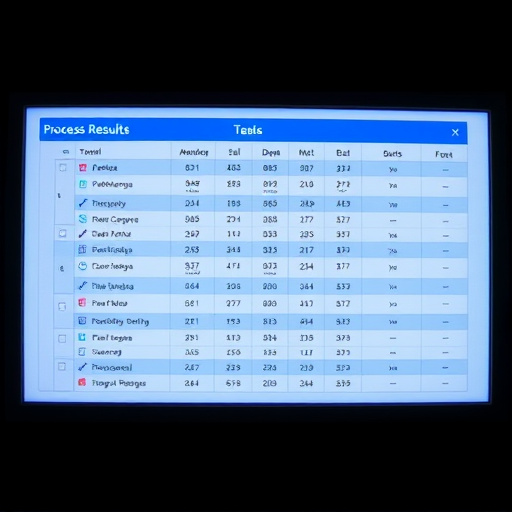The construction industry is undergoing a quiet revolution with the adoption of advanced materials like carbon fiber intake systems. These lightweight composites offer exceptional strength-to-weight ratios, enabling builders to create sturdier and lighter structures. Carbon fiber's durability, corrosion resistance, and sustainable properties make it an eco-friendly choice, aligning with modern architectural trends for efficient buildings. By reducing material waste, energy consumption, and transportation emissions, carbon fiber intake systems contribute to a greener future while offering significant cost savings and increased building longevity.
Lightweight construction is transforming the building industry, offering a host of benefits from environmental advantages to enhanced structural performance. As builders seek innovative solutions, carbon fiber intake systems stand out as a game-changer. This article explores how these advanced materials, known for their exceptional strength-to-weight ratio, are revolutionizing construction practices. Discover the ecological impact, increased efficiency, and improved durability that make lightweight construction, featuring carbon fiber intake systems, a sustainable and practical choice for modern builders.
- Revolutionizing Construction: The Rise of Carbon Fiber Intake Systems
- Environmental Advantages: Lightweight Construction's Eco-Friendly Impact
- Enhanced Efficiency and Durability: Benefits for the Modern Builder
Revolutionizing Construction: The Rise of Carbon Fiber Intake Systems

The construction industry is undergoing a quiet revolution, driven by the adoption of advanced materials like carbon fiber intake systems. These lightweight alternatives are reshaping traditional building practices and offering numerous advantages. Carbon fiber intake systems, known for their exceptional strength-to-weight ratio, enable builders to create structures that are not only sturdier but also significantly lighter than their counterparts made from conventional materials.
This shift towards lightweight construction benefits from carbon fiber’s superior durability and resistance to corrosion, making it a sustainable choice. The integration of these systems is facilitating the design of more efficient and eco-friendly buildings, aligning with modern architectural trends. As the industry continues to embrace innovative solutions, carbon fiber intake systems are poised to become a game-changer, redefining the very foundations of construction.
Environmental Advantages: Lightweight Construction's Eco-Friendly Impact

Lightweight construction materials offer significant environmental advantages, with a particular focus on reducing the carbon footprint. By utilizing advanced composites like carbon fiber, builders and manufacturers can create structures that are both durable and eco-friendly. Carbon fiber intake systems in lightweight construction reduce material waste and energy consumption during production compared to traditional building methods. This sustainable approach minimizes the overall environmental impact, contributing to a greener future.
Additionally, the reduced weight of these materials leads to lower transportation emissions, as less fuel is required to move lighter buildings and components. This eco-friendly impact extends further with potential water conservation due to more efficient insulation properties, which can be attributed to the advanced composite’s inherent strength and lightweight nature.
Enhanced Efficiency and Durability: Benefits for the Modern Builder

Lightweight construction materials, such as those incorporating carbon fiber intake systems, are revolutionizing the building industry. This modern approach offers a unique combination of enhanced efficiency and durability, making it an attractive option for contemporary builders. Carbon fiber, known for its exceptional strength-to-weight ratio, allows for the creation of structures that are significantly lighter than traditional counterparts while maintaining exceptional structural integrity.
This innovation translates into several advantages for builders. First, lightweight construction reduces the overall weight of buildings, leading to lower material and labor costs during the initial build phase. Moreover, these materials often exhibit superior resistance to environmental factors like corrosion and wear, ensuring longer-lasting structures. As a result, maintenance expenses are minimized, and the longevity of the building is increased, making it a sustainable choice for both residential and commercial projects.
The adoption of lightweight construction techniques, such as carbon fiber intake systems, offers a promising path forward for the building industry. These innovative materials not only revolutionize construction methods but also provide significant environmental benefits by reducing weight and material usage. Additionally, they enhance structural efficiency and durability, catering to modern builders’ needs. By embracing these advancements, the industry can create more sustainable and resilient buildings while keeping pace with evolving technology.














